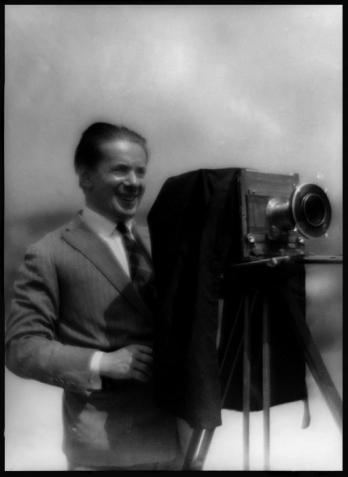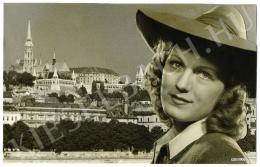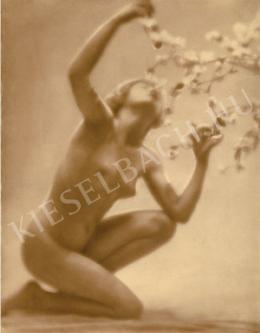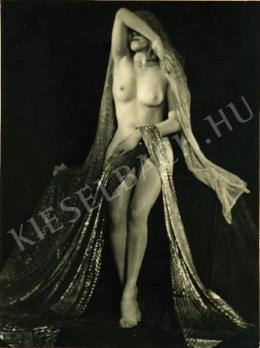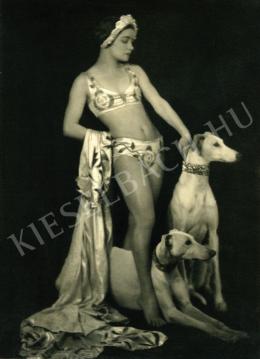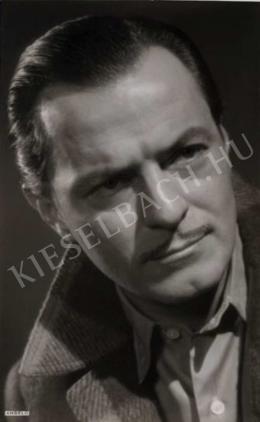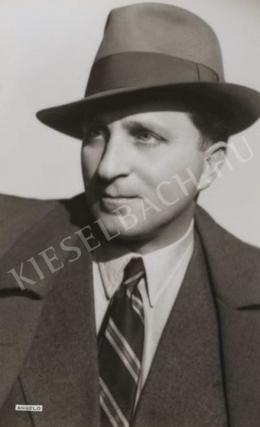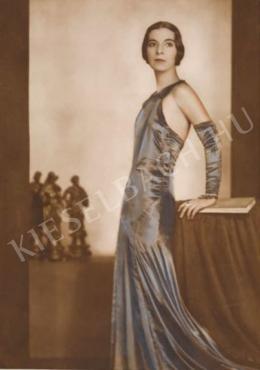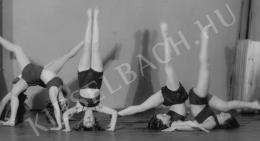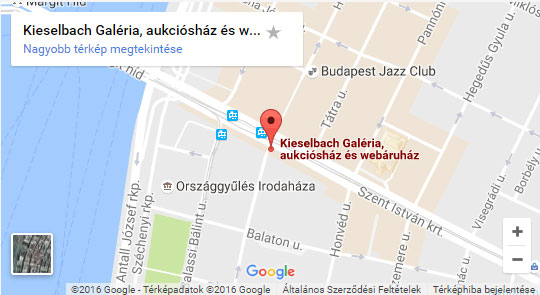Angelo (Funk, Pál) Budapest, 1894 - 1974, Budapest
Funk Pál
He comes from an Italian family of artists, his great-grandfather, Alessandro Angelo, the creator of the Hofburg frescoes in Vienna. In 1910, he visited the painting school of Carl Bauer in Munich, then studied in renowned photographers' halls: Hamburg: The Duchy Studio, Berlin: Nicola Perscheid, Paris: Reutlinger; London: Studio of E. Hoppe and Marcus Adams. Until 1914 he was fashion and costume designer in Paris, in 1916 he was a director and cinematographer of Mihály Kertész. Later he works on Franco-British Film Corporation and Metro-Goldwyn-Mayer (Rex Ingram, Erich Pommer, Fritz Lang). He had to come home during World War I. He became the first assistant in Aladár Székely's studio in Budapest. From 1919 he had an independent studio in Budapest, and between 1920–1938 he had parallel studios in Paris, Nice, Scheveningen, The Hague. He photographed nearly 450,000 people in his studio, including celebrities such as Chaplin, Josephine Baker, Nizhinsky, Isadora Duncan, Picasso, Béla Bartók, Gustav Mahler... He was the world's number one photographer. In 1924, he became the brilliant photographer master of Hungary; 1926: Member of the Royal Photographic Society of Great Britain. In total, he received more than a hundred awards and diplomas. His pictures were published by more than forty foreign journals. After 1945: one of the leaders of MADOME, 1956: founding member of MFSZ. 1951: Nationalized his studio. 1951–1964: he works for the Budapest Photographers' Small Industry Co-operative, as employed in his former studio. At the beginning of his career he photographed in a painterly style. Large bromine oil prints are stored by MFM. In his later pictures, he proposed suggestive moods with distorting lenses, laboratory interventions, and later he followed the more objective direction of modern photography. His old age represented surrealistic visions, which depicts a microvillion out of the bizarre designs of the material.





